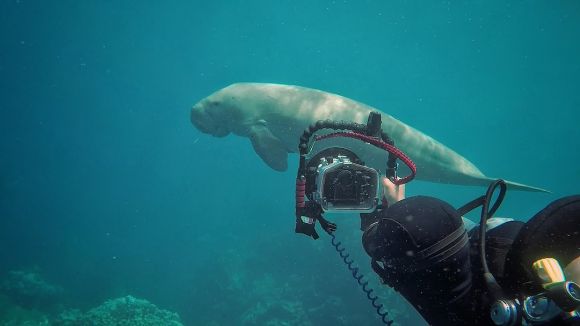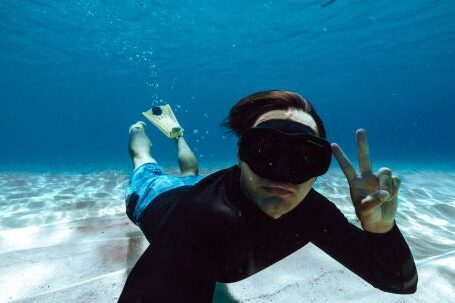Diving enthusiasts are always seeking new ways to explore the underwater world. One technique that has gained popularity in recent years is sidemount diving. This method involves attaching the diving cylinders to the diver’s sides, as opposed to the conventional back-mounted configuration. Sidemount diving offers several advantages, including increased flexibility, improved buoyancy control, and enhanced safety measures. In this article, we will delve into the world of sidemount diving and explore its benefits.
Flexibility and Freedom of Movement
One of the main advantages of sidemount diving is the increased flexibility it provides. By attaching the cylinders to the diver’s sides, the overall profile is reduced, allowing for better maneuverability in tight spaces. This is especially beneficial when exploring caves or wrecks, where traditional back-mounted configurations can be restrictive. Sidemount divers can easily navigate through narrow passages and make sharp turns, making their dives more enjoyable and efficient.
Improved Buoyancy Control
Another notable benefit of sidemount diving is the improved buoyancy control it offers. With the cylinders positioned on the sides, the diver’s center of gravity is shifted, resulting in a more balanced and streamlined position in the water. This allows for better control over buoyancy adjustments, making it easier to maintain a stable position and conserve energy. Additionally, sidemount divers have the option to independently control each cylinder’s buoyancy, providing greater flexibility in adjusting their trim and balance underwater.
Enhanced Safety Measures
Sidemount diving also boasts enhanced safety measures compared to traditional back-mounted configurations. In a sidemount setup, divers have easy access to their cylinders and valves, allowing for quick and efficient gas management. This is particularly advantageous in emergency situations, where accessing backup regulators or switching gas supplies can be critical. Furthermore, sidemount divers have redundancy in their gas supply, as they have two separate cylinders instead of relying solely on a single tank. This redundancy significantly reduces the risk of running out of air underwater.
Training and Equipment Considerations
Although sidemount diving offers numerous benefits, it is important to note that proper training and equipment are essential. Divers interested in adopting this technique should undergo specialized training to understand the specific skills required for sidemount diving. This includes learning how to properly configure the equipment, manage gas supplies, and maintain proper buoyancy control. Additionally, divers will need to invest in specific sidemount equipment, such as harnesses, regulators, and buoyancy compensators, designed for this configuration.
Conclusion: The Future of Diving
As diving technology continues to evolve, sidemount diving is becoming increasingly popular among enthusiasts seeking new depths and experiences. Its flexibility, improved buoyancy control, and enhanced safety measures make it an attractive option for divers of various skill levels. However, it is important to remember that proper training and equipment are necessary to ensure a safe and enjoyable sidemount diving experience. So, if you’re looking to explore new depths and challenge the limits of traditional diving, consider venturing into the world of sidemount diving.





